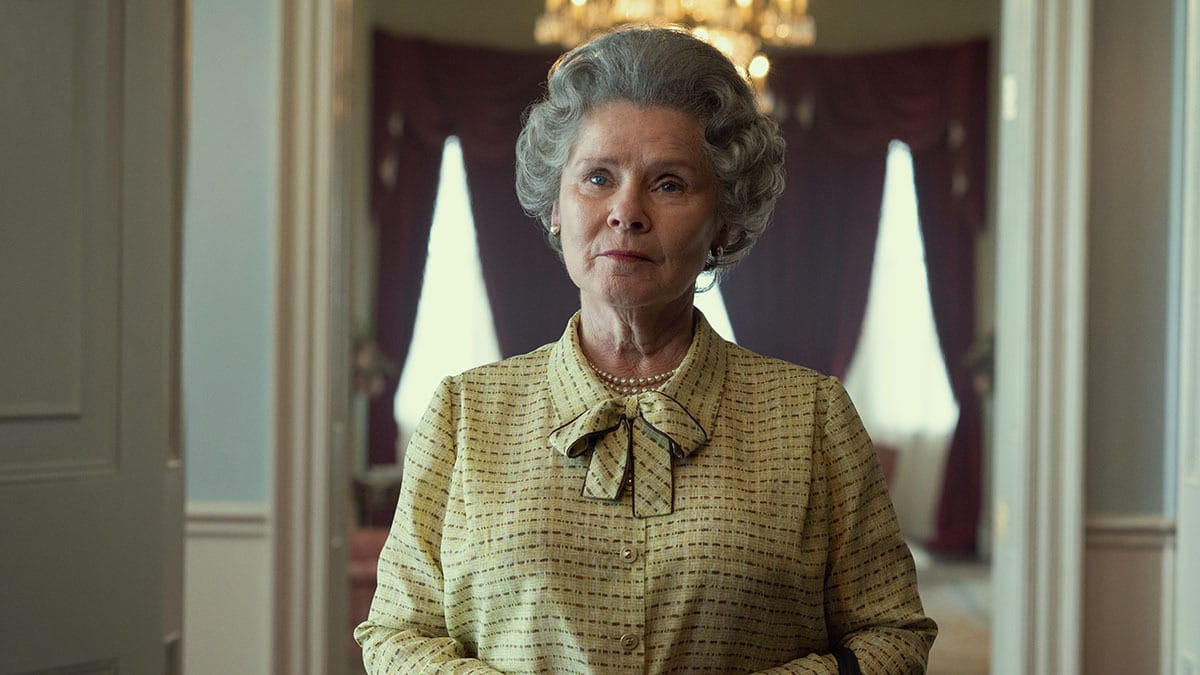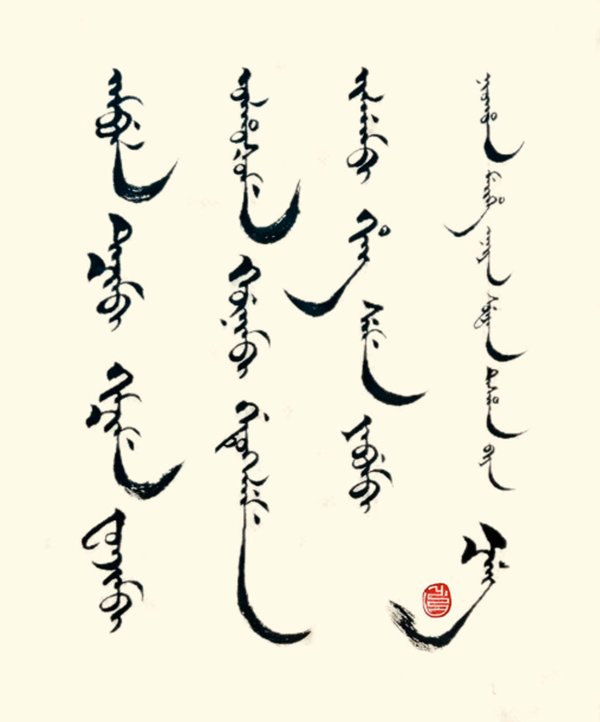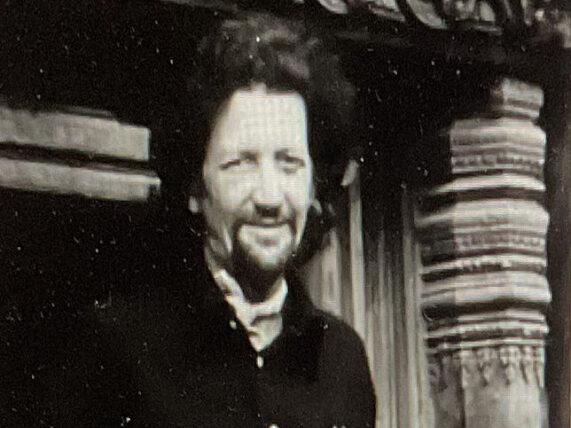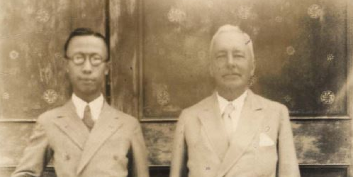Questioning the Monarchy

By Manjiri Nene, MA Global Media and Communication
The fifth season of The Crown is the latest depiction of the monarchy’s most turbulent time in recent history – the 1990s. The show tries its best, but fails to satisfy the audience’s expectations. The writers attempt a more dynamic narrative by focusing every episode on specific characters, but this makes the story feel disjointed. Every episode inevitably features a lengthy discussion about the dilapidated and obsolete condition of the monarch’s material possessions. The story’s constant reliance on such metaphors becomes clunky and tedious with repeated use. The lack of subtlety is visible throughout the season. A criticism levelled against Peter Morgan, by critics and audiences alike, is his willingness to blur the lines between reality and sensationalism. The Crown’s narrative has treated the ‘system’ as a bogeyman from the first season. However, in this season, the approach becomes far gaudier.
Furthermore, in his quest to white-wash the Queen, Morgan distorts the other characters beyond recognition. Most memorably, in the last episode, Diana is portrayed as an anti-monarchist. Although an incorrect depiction, this scene is the most poignant in depicting the underlying question of this season, what is the relevance of the monarchy?
This coverage allows the audience to realise the degree of dysfunctionality within the royal institution. It was only in this decade that the media gained the ability to cover the royal family extensively. The media could now feed the voyeuristic tendencies of the audience, and as such the royal institution was unable to cope with the increased scrutiny. The cracks that had always existed in the royal institution were now more easily exploited.
The monarchy had to contend with internal strife, failed royal marriages, the power struggle among generations, and external conflict with the government on matters of expenditure and lifestyle. The scandals and the heated interviews are some of the high points of the sad story that Morgan presents with dramatic intelligence and a little stiff-upper-lip comedy. He uses the same romantic, superficial conceptions of love gone wrong and rigid family values that were popular public myths. From a historical perspective, what’s intriguing is how the programme feels more fanciful even as it firmly enters modern times.
Today, when the world is going through a difficult period, revisiting the ‘so-called’ concerns of the British monarchy in the previous century further stresses the divide between the monarch and general society.
Today, when the world is going through a difficult period, revisiting the ‘so-called’ concerns of the British monarchy in the previous century further stresses the divide between the monarch and general society. The concerns of the monarchy revolve around their ability to maintain their lavish lifestyles while most people in the UK are facing a cost of energy crisis. The Crown unwittingly provides the audience with the opportunity to question the cognitive dissonance of paying for electricity, the internet and Netflix subscriptions to watch the story of a family that lives a life of grandeur by being born into it.
Photo Caption: Imelda Staunton as Queen Elizabeth II (Credit: Alex Bailey/Netflix).




